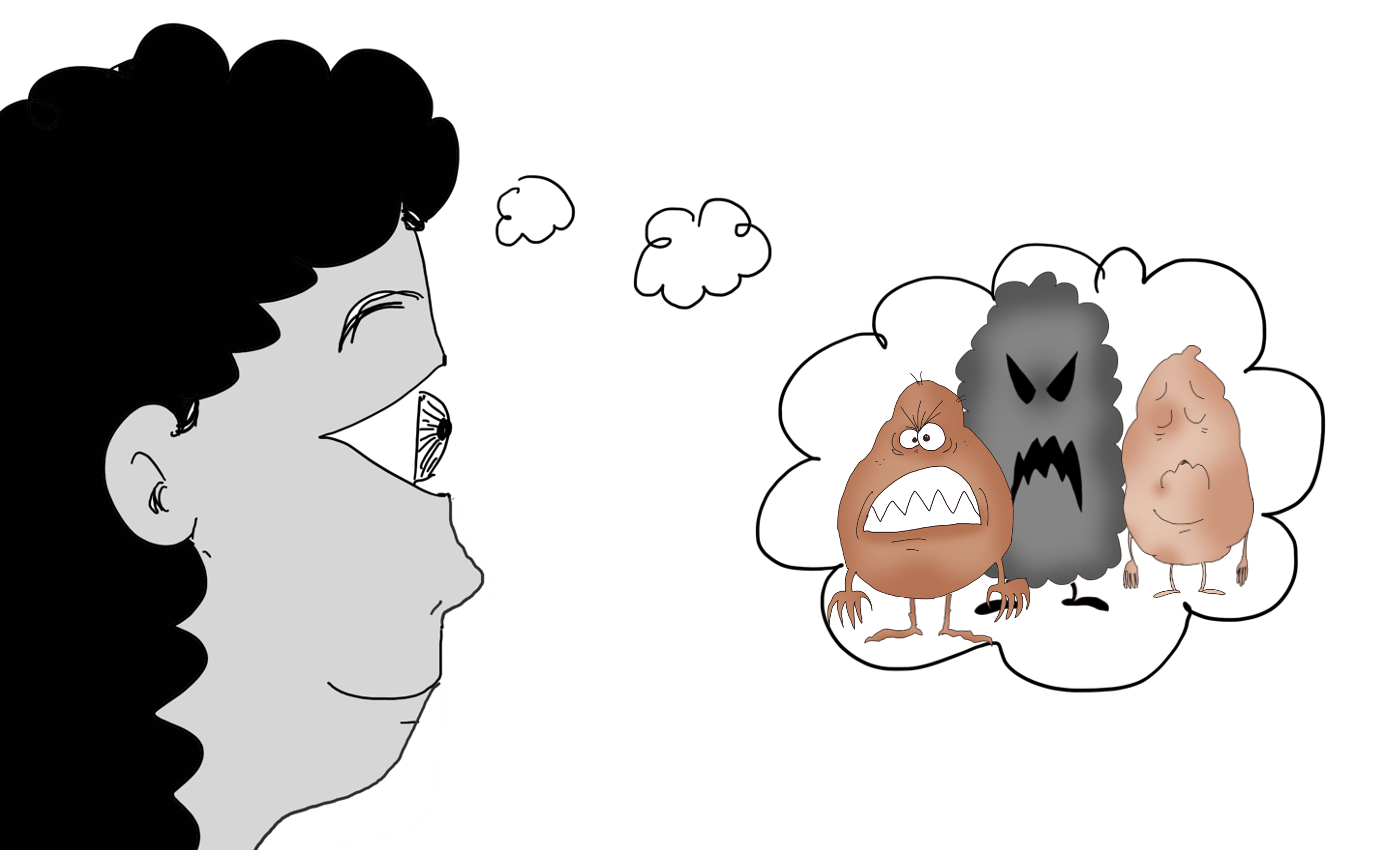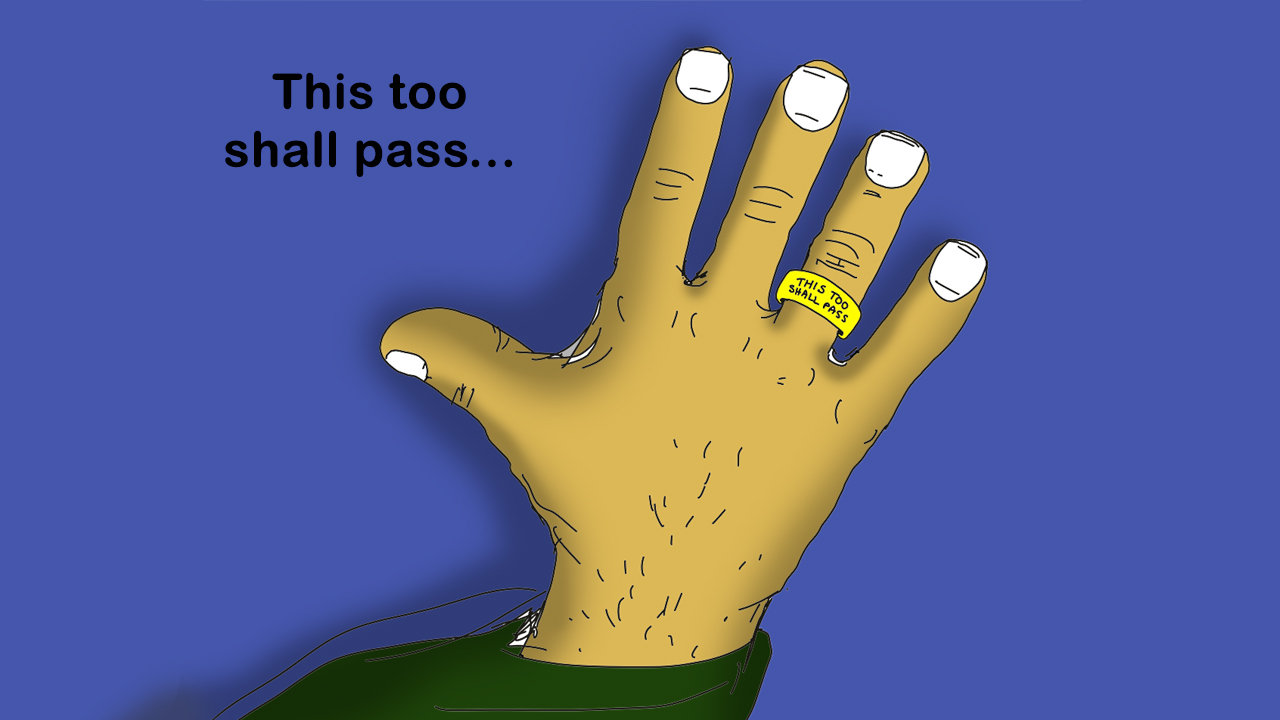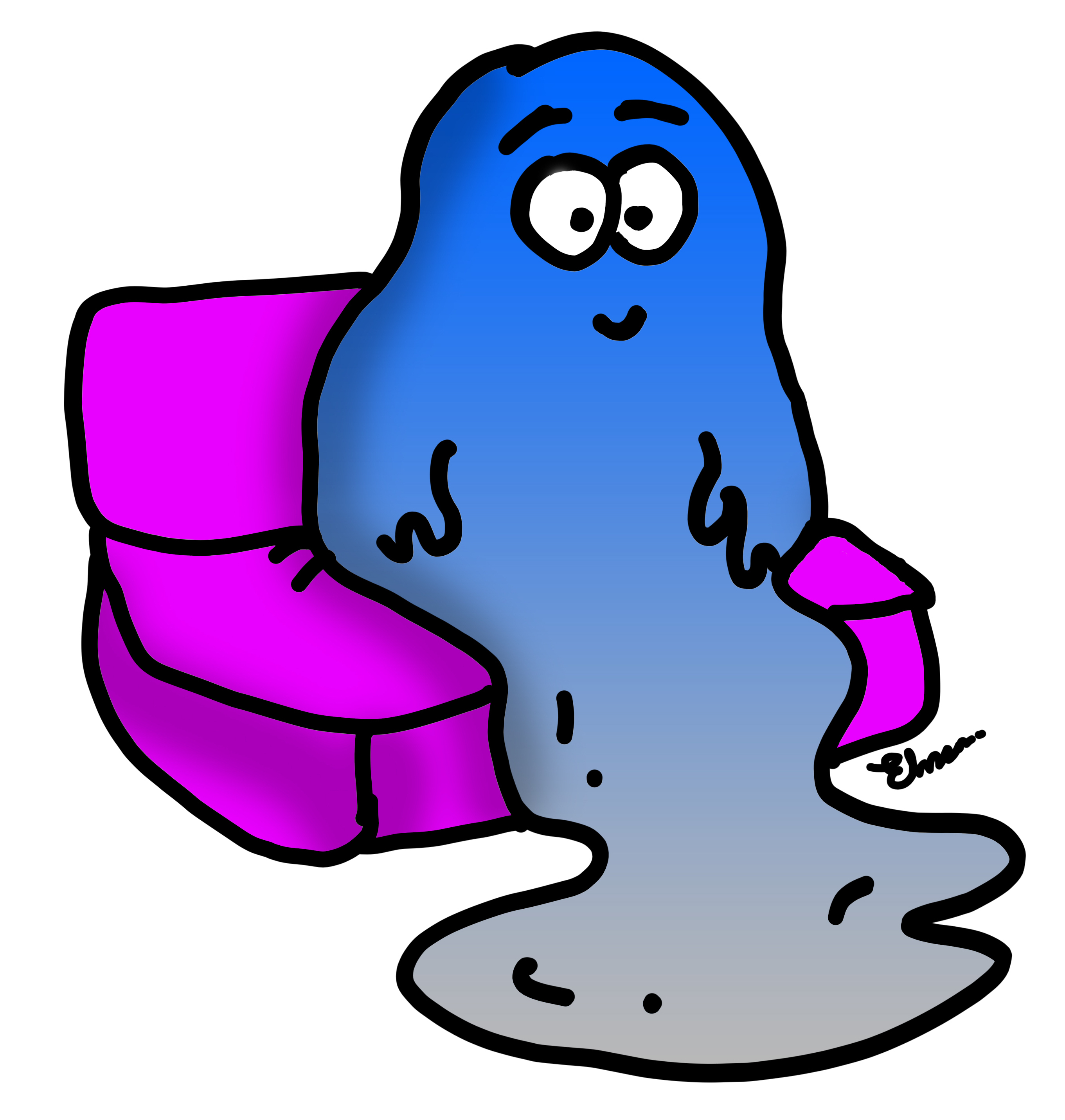Over the years I’ve accommodated a number of tools that have become the cornerstone of leading myself in challenging and chaotic times. It all started in late teens and in my 20s where anxiety and stress was rampant, often to the point of dysfunction. Below is my toolkit. The first five are mostly mental and attitudinal while the last two are physical.
- Mindfulness Meditation
Mindfulness meditation and just being mindful is one of the most powerful techniques that have helped me when the world feels chaotic. Towards the end of 2019 and not long before the pandemic, I went on a 10-day silent meditation retreat which was the beginning of taking mindfulness and presence seriously. This technique is simply paying close attention to your breath and body with constant and consistent alertness. The paying of attention comes with the attitude of opennness and non-judgement to one’s experience. If for instance I experience a cluttered mind and uneasiness or some negative emotion arising, the idea is to simply to pay attention to it without trying to change it or suppress it. It is allowing things to be and accepting them as they are, which is counter to our culture of constantly trying to change things.

When I’m constantly doing now is try to be as aware as possible by paying attention to my mind, body and breath. If anything arises that may be unpleasant I would give it space and allowing it simply be, without trying to change it or run away from it using some form of distraction (e.g. social media, TV, talking on the phone, texting, music).
2. Welcoming Our Human Condition
One of my favorite poems titled the “Guesthouse” by Rumi and translated by Coleman Barks, and beautifully exemplifies the acceptance of our experiences. I’ve turned this this into an animation. The poem tells us to welcome our human condition of experiencing the wide range of thoughts and emotions some of which are pleasant and some unpleasant, often arriving as an “unexpected visitor”. All the same, treating each of these “guests” honourably, welcoming them and letting them go when they wish.

3. Remembering that “this too shall pass”
“This too shall pass” is one of my favourite quotes. It reminds us not to realise that even the most difficult times pass away and so will pleasant times. It has the message of change and impermanence as the innate nature of reality and to simply realise and remember this – nothing is permanent and everything is fleeting. This helps us not hold onto good times while still being able to appreciate it while it lasts and also know that difficult times will also pass and patience will be required instead of resistance and negativity. I even wear a ring with this phrase on it. I have written a short piece on the history of this quote here.

4. Letting it Be
Surrendering to what is relates to recognition of impermanence. One can learn to simply embrace what is, while still doing positive action to make a positive difference, but this action arises from not resisting reality but accepting it first. I created a short song which goes like this:
It will be what it will be
Nothing but what is going to be
So why don’t you just surrender
To what is unfolding right now
You can listen to it here on SoundCloud (my apologies for my off-tune voice!)
5. Self-Compassion and Compassion Towards Others
Exercising self-compassion is an essential component of wellbeing and extending this to others. This requires one to first accept one’s own flaws and imperfections – the innate nature of being human. This leads to accepting the flaws and imperfections of others leading. Effectively this self-acceptance and other-acceptance, leads to compassion and forgiveness towards self as well as others. Research by psychologists such as Dr.Kristen Neff has shown that self-compassion leads to wellbeing and other researchers such as Dr. Karen Lee Swartz and Dr. Fred Luskin have shown that also forgiveness leads to enhanced wellbeing. We will all be better off if we resort to compassion instead of criticism and forgiveness in place of fear.

6. Softening the Body
In my 20s I would unconsciously tense up my body when I felt stress and anxiety. I only noticed this years later. THis would often be my shoulders where at one point it had become chronically stiff. It took months to relieve this through massage and exercise but the cause of it was the tensing of the body coupled with other stress chemicals surging in the body.
This of course requires tuning into the body and noticing where you are tensing. It works very well with the mindfulness technique described earlier. Bring an intense presence into your body and begin to soften your body. It helps to imagine your body being like a gooey marshmallow melting. Notice if you have tensed your face muscles or shoulder muscles and then begin to consciously dropping and softening them. You may also imagine your body become more translucent and expansive.

7. Deep Breathing
A simple physical way to feel more relaxed almost immediately is to simply do some belly breathing (aka diaphragmatic breathing). Generally when one feels anxious and stressed, breathing becomes shallow – being aware of this (again mindfulness helps here), one can begin breathing more deeply through the abdomen (i.e. as you inhale you try to take all the air into your abdomen rather than the lungs – of course the lungs will also expand naturally and do allow this to happen, but the focus is the abdomen. You will almost immediately feel calmer and more centred.

I hope these 7 strategies are helpful for your wellbeing as well as personal and social leadership especially in times of chaos and uncertainty which is certainly what we’ve been experiencing in 2020 and continue to experience in 2021.


